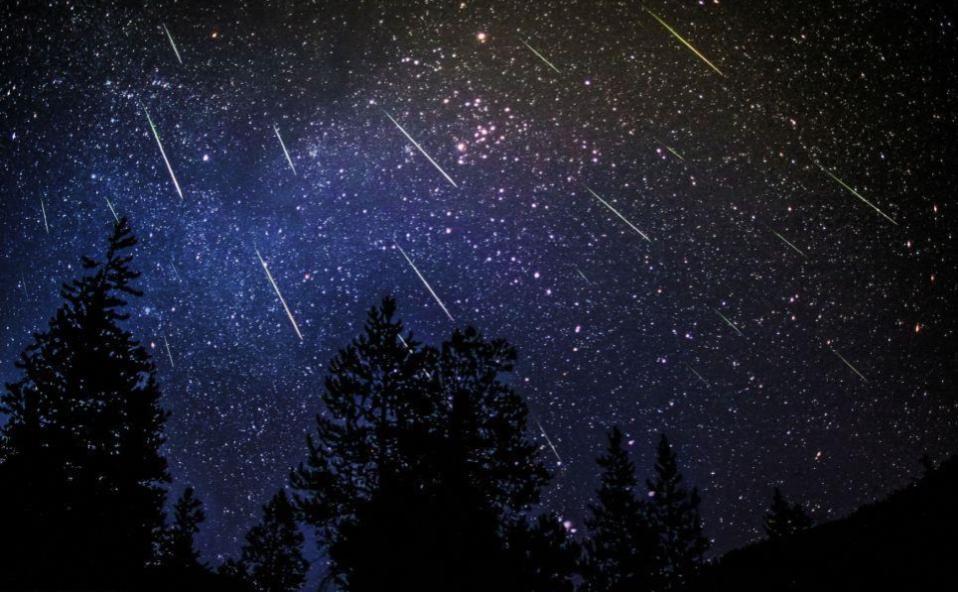A summer long planet bonanza continues in August with Saturn and Jupiter dominating the southern sky from sunset to dawn. Only 8 degrees apart (Jupiter in front and brighter), the two planets are at their best for viewing all month; and indeed, they are at their best for all of 2020. The Full Moon will stand near both planets on August 1st and 2nd, and then re-visit them on August 28th and 29th in its waxing gibbous phase.
Those sky-watchers with telescopes will get a wealth of details from both Saturn and Jupiter —- sights that always draw exclamations of “wow,” “oh my God,” or “that is not real,” whenever I share my telescope with others. I think actually seeing planets like this, (and these backyard telescope views are not as big or detailed as those we see from major telescopes in books or on-line), captures our imagination kin special unique way. I never tire of it.
Meanwhile Mars continues to brighten as it approaches its own close encounter with Earth in October. This month the Red planet rises just before midnight on August 1st, and by 10 pm at month’s end. Mars brightens considerably too. The best time to observe Mars this month is around 4 am when it is at its highest in our southern skies. Mars will be at its peak viewing time from October to mid-December. On August 9th look for the waning gibbous Moon just below Mars in the pre-dawn southern sky.
Venus is also brilliant in the east pre-dawn sky all month, appearing among the stars we normally see during winter evenings; that is Taurus, Orion, and Gemini. On August 15th the waning crescent Moon may be seen just a bit below Venus, making a beautiful morning sight of the two brightest sky objects we can see, after the Sun.
The famous Perseid meteor shower peaks on August 12th with best viewing being in the pre-dawn north-eastern skies. This year the last quarter Moon may hinder the fainter meteors, but the brighter ones should not be effected. Bright Perseids often leave persistent glowing trails across the sky. Meteors hit our atmosphere at 36 miles/second and burn up by friction in fiery bursts of light. The Perseid meteors are the debris left over by Comet 109P Swift-Tuttle, which completes a Sun orbit once every 133 years.
Don’t miss the latest! You can subscribe to The Talbot Spy‘s free Daily Intelligence Report here



Write a Letter to the Editor on this Article
We encourage readers to offer their point of view on this article by submitting the following form. Editing is sometimes necessary and is done at the discretion of the editorial staff.